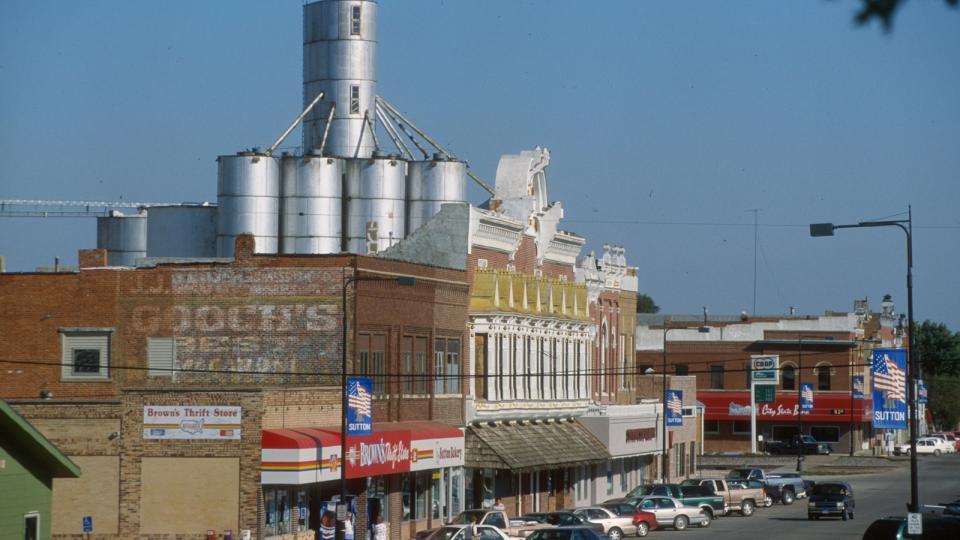
There's a gap between what characteristics rural Nebraskans say are essential in a community and what currently exists in theirs, according to the Nebraska Rural Poll.
The findings may reflect rural residents' acceptance of the trade-offs that are inherent in their lifestyle: Certain wants and needs can't be met there, but other qualities make the lifestyle worthwhile.
The 19th annual UNL poll was sent to 6,813 households in 86 Nebraska counties last spring. Results are based on 1,943 responses.
At least half of respondents said the following characteristics are "absolutely essential" in a community to have a high quality of life: sense of personal safety, a quality school system, jobs/economic opportunities, available medical services, affordable housing, quality housing, well-maintained infrastructure, effective community leadership and a strong church/religious community.
For most of those characteristics, the percentage saying they're essential is higher than the percentage saying it describes their current community. For example, 77 percent said having quality jobs/economic opportunities is absolutely essential, but only 11 percent said their community has this to a great extent.
Other comparisons between what residents said is essential and what they said is present in their community to a great extent include: a quality school system, 77 and 44 percent; affordable housing, 65 and 15 percent; and well-maintained infrastructure, 57 and 19 percent.
"It's amazing and a little problematic," said Cheryl Burkhart-Kreisel, associate professor and Nebraska Extension community vitality specialist. "If you think these things are essential and they're not there, it could be a little frustrating. Obviously, other characteristics are also very important to them."
Since the last time these questions were asked in the Rural Poll, in 2002, respondents rated the following community characteristics higher this time: jobs/economic opportunities, up from 65 to 77 percent; affordable housing, up from 60 to 65 percent; and adequate information technology, up from 27 to 31 percent.
There were declines in a number of characteristics, including a clean and attractive natural environment, down from 57 to 49 percent; friendly people, down from 55 to 46 percent; a sense of community among residents, down from 49 to 42 percent; and a local newspaper willing to report controversial news, down from 36 to 30 percent.
Poll organizers noted significant differences among age groups. Younger residents ranked some characteristics as more essential than older respondents, including jobs/economic opportunities, affordable housing, available child care services, recreational opportunities, quality school system, available college classes, lack of congestion and a sense of personal safety.
The Rural Poll is the largest annual poll of rural Nebraskans' perceptions on quality of life and policy issues. This year's response rate was about 29 percent. The margin of error is plus or minus 2 percent. Complete results are available online at http://ruralpoll.unl.edu.
With its 19-year history, the poll has a collection of data about rural trends and perceptions that is unmatched in the country, said Becky Vogt, survey research manager who's been working on the Rural Poll since its second year.
Although the Grand Island area (Hall, Hamilton, Howard and Merrick counties) was designated a metropolitan area by the U.S. Census Bureau in 2013, the Rural Poll continues to include those counties in its sample. Also, Dixon and Dakota counties were added to the poll this year.
The university's Department of Agricultural Economics conducts the poll in cooperation with the Nebraska Rural Futures Institute with funding from Nebraska Extension and the Agricultural Research Division in the Institute of Agriculture and Natural Resources.
— Dan Moser, IANR News